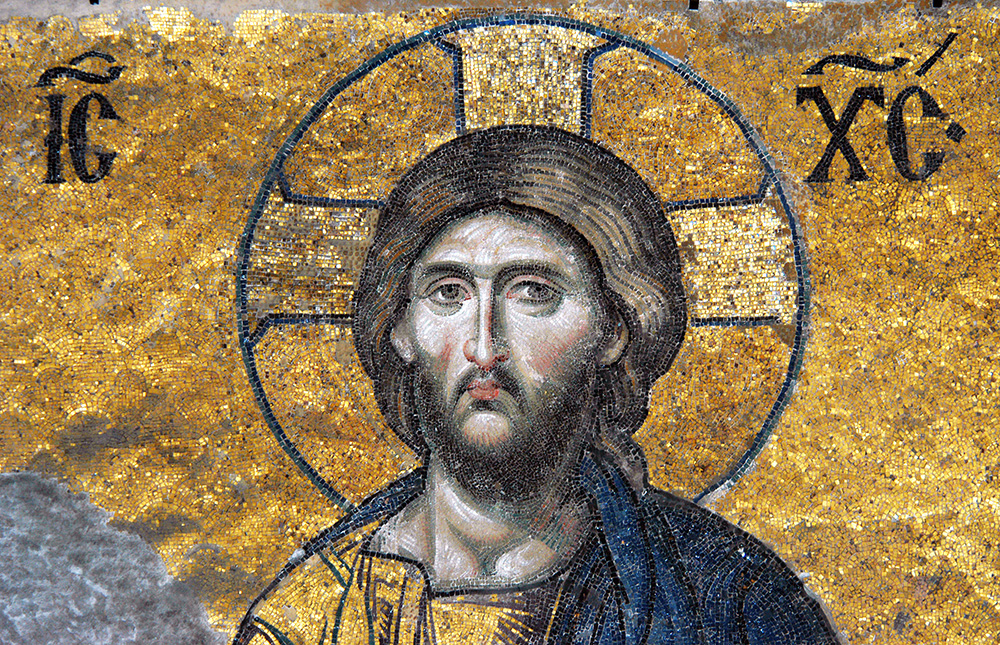One of the core teachings about the person of Jesus is traditionally called the hypostatic union. This term developed in the early Church, whereby the word “hypostatic” was used officially at the Council of Chalcedon as a way to express the union of Jesus’ two natures. Simply put, it means that in the Person of Jesus are two natures — divinity and humanity — in complete unity without mixture, change, division or separation, as the Council of Chalcedon famously said.
The Church worked toward this teaching over centuries based on a couple core questions: How is it that in Jesus both God and humanity come together? Does this entail that both humanity and divinity are kept intact, or does Jesus lose some of his divinity or humanity in the Incarnation?
These questions are central because how we answer them has an effect on how we understand the salvation that comes from Jesus. It is for this reason that the Church fought so vigorously over the centuries to defend both the full humanity and the full divinity of Jesus. If Jesus is not fully God and fully man, then, simply put, we are not saved, and we are still in sin.
Believing, then, that Jesus is fully God and fully man at the same time means he has everything that we have in our humanity except sin as well as everything that belongs to the nature of God. Chalcedon’s declaration that these two natures exist without mixture, change, division or separation tells us, in a mysterious way, how the two natures are in union with each other.
The Divine Person of the Son is the bond between these two natures. The humanity and divinity of Jesus do not mix — that is what the Church fought against when it battled Arianism. There is no change to either nature: the humanity does not change at the moment of the Incarnation nor does the divine nature change in that moment. They are not separated or divided: the power of the divinity is always in union with the human actions of Jesus.
Such statements may cause one to scratch his or her head in confusion, yet it is usually a sign that one is entering the mystery. The humanity and divinity of Jesus are united without mixing, different without being separated or mingled.
While no analogy perfectly holds, a glimpse of this is found in marriage. There two people, different and distinct, come together in a communion so deep that God pronounces it to be a one flesh, even though two people are present. They are not mingled together, nor are they so separate that they do not work together.
Another image that can help us begin to comprehend the mystery of the hypostatic union, and is worth praying with, is the image of the burning bush at the beginning of the Book of Exodus, where the bush is on fire and yet not consumed.
The reason why the Church stops here in clarifying the relationship between the two natures of Jesus is to respect the mysteriousness of the union. No human mind can perfectly comprehend this mystery. This does not mean we do not seek to understand the relationship between the humanity and the divinity of Jesus, rather it means we have a healthy respect for the uniqueness of the event and the limitedness of our nature.
What is offered here is, ultimately, meant to be guideposts to help navigate a way into the mystery. Meditating on these truths is worthy of our prayer because, as we delve into this mysterious union, one fact becomes abundantly clear: In Jesus God does not destroy, overwhelm or annihilate our humanity. Rather, he enters into our nature and lifts it up to a dignity hitherto unknown. In Jesus we see that humanity is most itself when it is nearest to God.
Father Harrison Ayre is a priest of the Diocese of Victoria, British Columbia. Follow him on Twitter at @FrHarrison.

